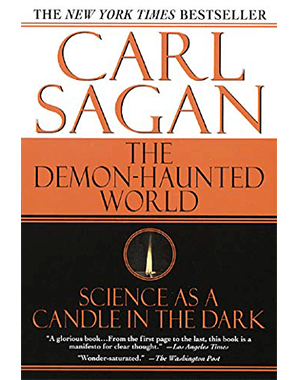


The post hoc justifications come from Cognitive dissonance between what the believers think they should believe and how these beliefs would actually manifest in practical terms.

In a more general sense, this part may be done during the initial definition of the belief, or as when replying to critical examination of the belief in question.ĭragon-style arguments originate in what Daniel Dennett terms " belief in belief": rather than actually holding a belief, you think you should hold the belief-or "fake it till you make it". Eventually, the goalposts are moved in such a way as to render the initial assertion practically unfalsifiable. The main thrust of how Sagan develops the garage-dwelling dragon example is that the proponent employs increasingly ad hoc reasoning to describe their belief in the face of further questions. This is similar to Russell's Teapot in the way it forms an apt analogy for the concepts of the burden of proof and falsifiability. "The Dragon in My Garage" is a chapter in Carl Sagan's 1995 book The Demon-Haunted World, which presents an analogy where the existence of God is equated with a hypothetical insistence that there is a dragon living in someone's garage.


 0 kommentar(er)
0 kommentar(er)
